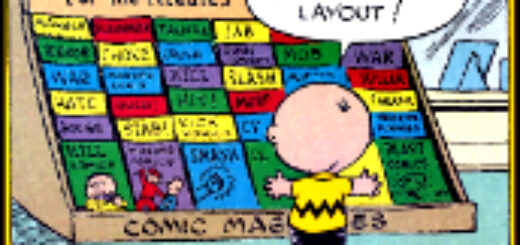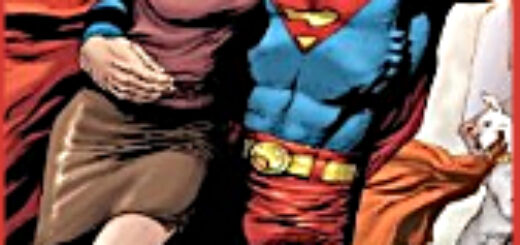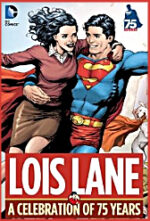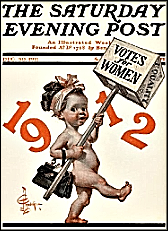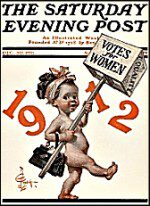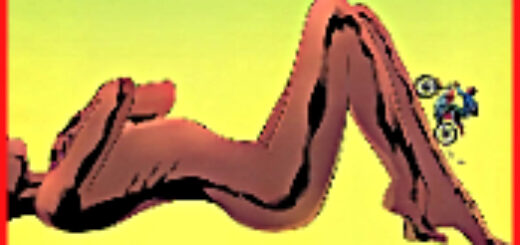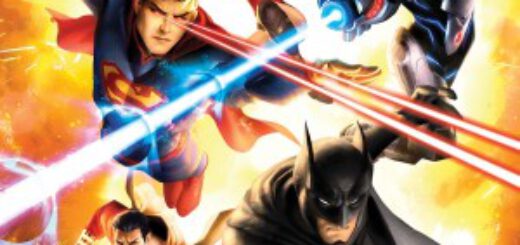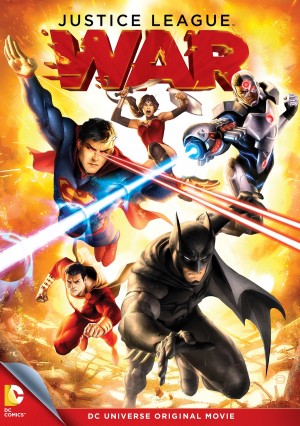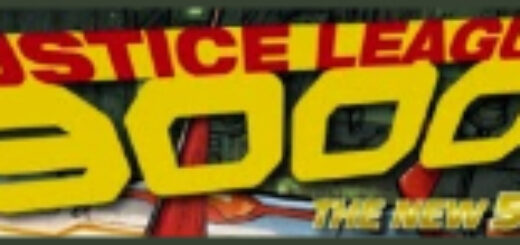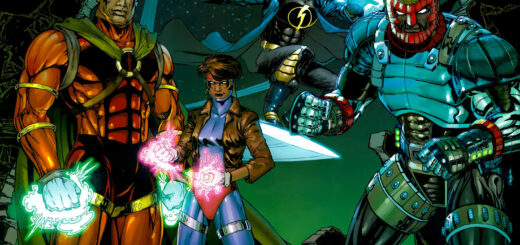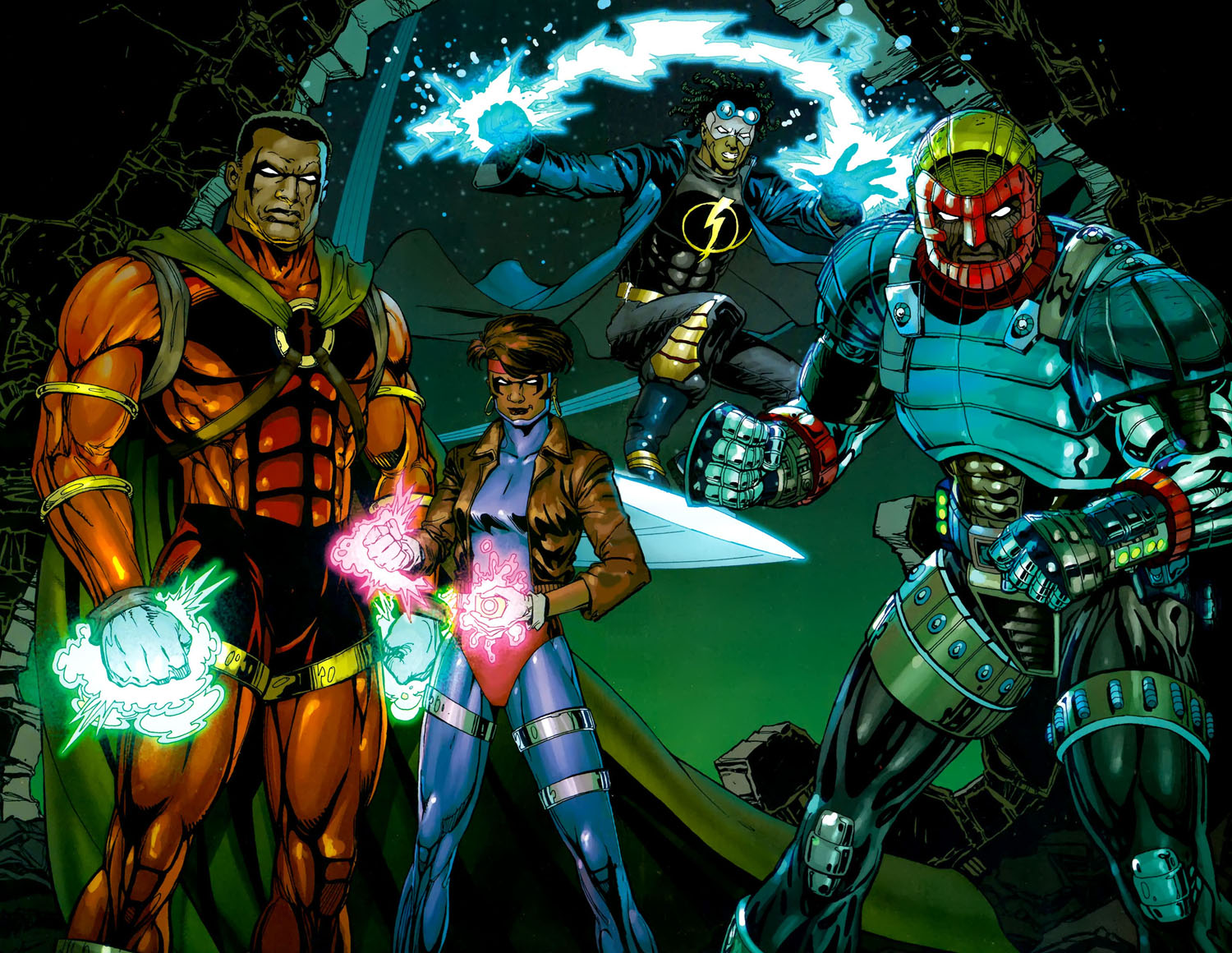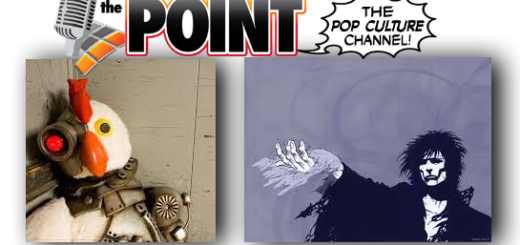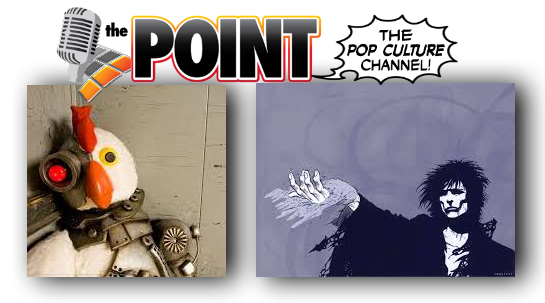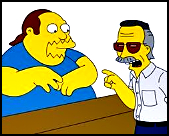Mike Gold: Comic Books Take A Hike!
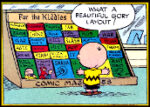 It was a small notice in one of the media newsletters, a pick-up from Publisher’s Weekly: Marvel Halts Sales of Periodical Comics in Bookstores.
It was a small notice in one of the media newsletters, a pick-up from Publisher’s Weekly: Marvel Halts Sales of Periodical Comics in Bookstores.
According to Media Bistro, “Marvel has ended sales of print single-issue periodical comics through trade bookstore channels. This will not affect the sales of book format graphic novels through those retailers. Several earlier accounts reported that Books-A-Million and Barnes & Noble were dropping single-issue comics. According to Barnes & Noble spokesperson Mary Ellen Keating, the removal of single-issue comics from B&N and other book stores is Marvel’s decision.”
This is not the end of an era. It’s the final death throes of an ancient era, a time of candy stores, corner drug stores, newsstands and newspaper wuxtras.
And that’s okay by me.
Don’t get me wrong. I love print. I love those 32-page pamphlets. I enjoy going to the magazine racks at Barnes and Noble. But let’s note that the decision to pull the pamphlets from the two largest American bookstore chains was Marvel’s, not the retailers’. And Marvel is simply being realistic.
Newsstand sales, as opposed to direct sales to comics shops, sell only about one-quarter of the number of copies sent to the newsstands, on average. Or, to put this in more political terms (I am what I am), for every four trees chopped down for newsstand comics, only one gets turned into stuff people actually pay to read. And the publisher has to ship these books and may have to accept returns (that’s a long story; trust me). That’s a hell of a lot of oil being wasted.
And for what? Clearly, the publisher isn’t making much (if anything) off of newsstand sales. The news dealer isn’t making very much, and policing comics racks is work-intensive. Better that such material is sold as e-comics, which carry a carbon footprint of a baby oompa loompa, and in anthologies.
Yes, there’s a loss-leader argument, but it’s very dated. The argument goes “New readers and people who don’t live near comic book stores can discover the thrill of comics by stumbling across them at Barnes and Nobles.” Fine, except that most newsstand comics are from Marvel and DC, and both companies are completely obsessed with “event” (read: stunt) marketing that require a reader to buy dozens of comics in order to understand the epic story… and some of those issues often are sold only via direct sales. So there is no jumping-on point for newbies.
Mind you, I could be wrong but I don’t see Archie, Dark Horse, and other publishers that are not OCD-compliant exiting the market as fast. They have high visibility books, often with impressive pedigrees such as Star Wars. But the economics of comics publishing are such that I can’t see them holding on to returnable sales to general newsstands.
I see Marvel pulling out of traditional bookstores as the logical thing to do. It’s probably the harbinger of things to come.
Of course, the way these guys have been doing the past couple of years, it’s pretty easy to see Barnes and Nobles and Books-A-Million going the way of Borders, Dalton’s, and Brentano’s. That’s a major shame, but it’s a shame of a different color.
So if you’re dependent upon one of these outlets for your comics fix, go buy an iPad. It’ll be around a lot longer, and you won’t strain your back lifting long-boxes.
Oh, yeah. And Happy, Brave New Year.
THURSDAY MORNING: Dennis O’Neil
THURSDAY AFTERNOON: The Tweeks
FRIDAY MORNING: Martha Thomases

